
Alpine A110 engines, drive and performance
.jpg)
- Rapid acceleration thanks to light weight and lots of torque
- Quick-shifting dual-clutch transmission only gearbox option
- Mid-engine, rear-wheel drive layout means excellent traction
Petrol engines
There are two engines on offer, and on paper, the Alpine A110’s specifications are quite modest. For the A110, power output is 252hp, which is rather less than a front-line hot hatch. Maximum speed is electronically limited to 155mph – and as such, you might be forgiven for thinking that it’s not going to be especially quick.
But in reality, the acceleration is effortlessly rapid. It’s raw and involving, even when you fire it up; the engine barks into life, and the throttle responds playfully and instantly. It’s quick off the mark, leaping out of the blocks like a greyhound going racing, and scorches from 0-62mph in 4.5 seconds. The sound it makes in Sport drive mode is pure 1960s performance car, with a hard-edged growl that rises to a pleasing crescendo towards the redline.
Alpine added a more potent A110S variant to the line-up in 2019, and refreshed it in 2022. Denoting its ‘S’ status, you get a 48hp power increase from the same 1.8-litre four-cylinder power unit, to 300hp. Increased turbo boost pressure adds the extra power, which now comes in at 6,300rpm – some 400rpm higher than the standard power unit. Top speed rises up to 162mph and the 0-62mph time drops to 4.2sec. Earlier A110S models have less torque and peak power is at 6,400rpm, but there’s little between them if you’re buying pre-owned.
This 300hp unit is also found in the luxurious GT where it gives similar performance, and also the pared-back R. The A110 R is a bit lighter and runs with sticky track-biased tyres which drops the 0-62mph time to just below 4.0-seconds. Once you’re rolling, it doesn’t feel a great deal quicker than the S, though.
On all models, the gearchanges are crisp, whether you leave it in D or change them yourself, and all in all, this is a car with ample performance that’s easy and safe to access – rarely feeling intimidating. We love it, and rarely come away wishing it had more power, even in the base 252hp model.
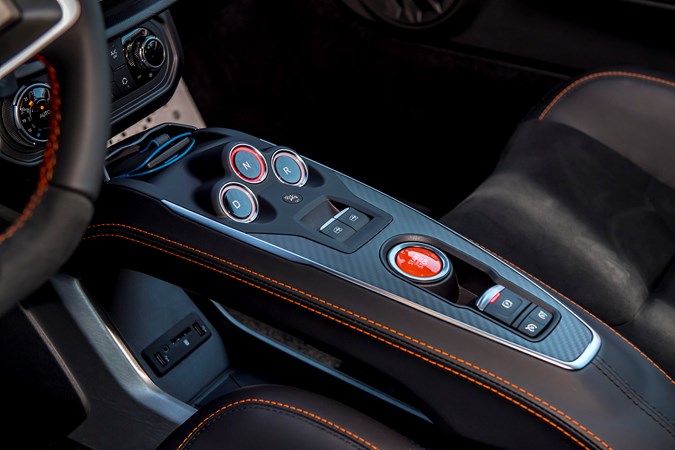
What’s it like to drive?
- Precise handling that inspires confidence
- Masses of grip and traction, good throttle response
- Sports car ability, but easy to drive day-to-day
Handling is the A110’s major talent – it’s a supremely talented car that answer any question the committed driver will ask of it. Because there are so few driver aids, you get to the heart of the car’s abilities very quickly indeed. Each of the four Alpine variations has a distinctive character, so choosing between A110, S, GT or R justifies trying them all if you can before buying.
Driving modes are controlled from a big red button on the steering wheel, and although this car doesn’t have much in the way of driver aids, those adjustable parameters make all the difference. Selecting Sport (which we recommend) tightens up the car’s car’s steering, throttle and response from the stability control system.
On the road, it’s mostly its best in Sport mode – the steering and throttle response are sharp enough to enjoy the handling and response without getting too twitchy, and the engine’s note is engaging. Running in this mode allows you to really enjoy this sweet riding and agile handling car to its maximum capability. Especially keen drivers are likely to prefer Track mode for even sharper responses and a bit less ESC intervention.
It’s fast without bludgeoning your senses, while the engine sounds raucous and hard-edged in an enjoyable way right up to the redline. The 300hp S, GT and R have more power, but on the road acceleration is evenly matched at responsible (legal) speeds, so the regular A110 doesn’t feel like a poor relation to the others.
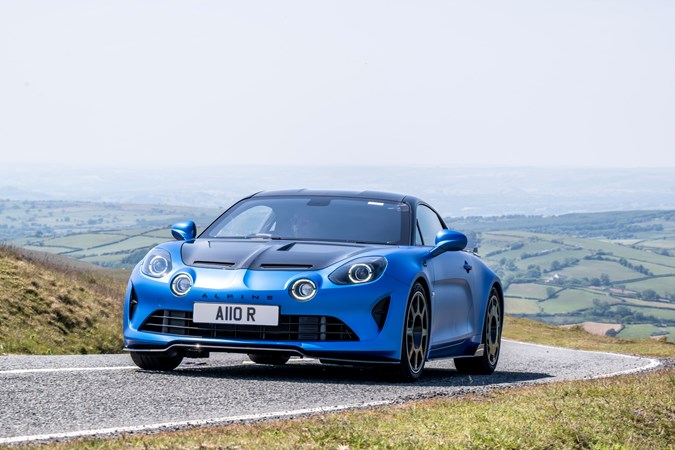
On typical British B-roads, it almost floats and feels supremely light on its feet in the process of getting from A to B in very little time. As well as having fine ride quality, because it’s also well damped, it feels planted and secure at all times. Whether you’re on the motorway or in town, the A110 will continue to surprise with its ability to soothe you when you’re not pushing.
Unusually, if you want comfort, you’ll be better off opting for the A110 over the A110 GT based on the trio of cars we sampled. Alpine says the S has a different setup to the R and GT, but the act of firming it up for track prowess has not unduly affected comfort, except on the worst surfaces, where it was still more secure than the GT we drove.
You can’t say the same of the even stiffer R. Excellent damping means it never feels crashy or jittery, but it’s the A110 that makes you most aware of lumps and bumps. It feels exceptionally well tied down on undulating roads and the tyres produce astonishing grip, increasing your cornering speed and shortening your braking distances. If you’re a trackday lover, it’s the one you want.
But which version is best? We’d say either go for an S, or keep it simple with an A110. Here’s why. Because it’s so unintimidating, and relatively soft-riding, the A110 reminds us of how Lotus used to set-up its cars – light, precise, effortless, and able to shrug off bumps so effectively that you’ll often not realise you’re going as quickly as you are. In short, it’s incredibly close to perfection. Rural B-roads, exactly the sort of place you want to enjoy that agile handling, are tackled with few interruptions from rutted, broken surfaces. It even rides well on the optional 18-inch wheels.
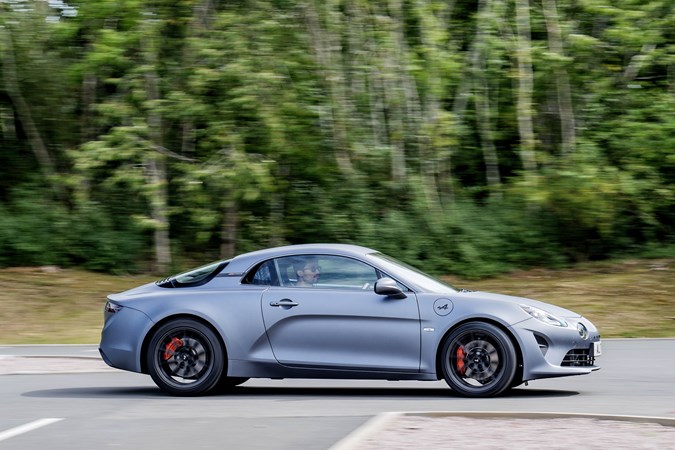
The A110 GT, which would appear to be the comfortable option at first glance, feels decidedly sharper. Our test car skittered and skipped over mid-bend ridges, though it’s otherwise refined and precise on smooth roads. The 300hp engine is worth having for the deeper bark and mid-range grunt that is particularly enjoyable on the exit of tight curves.
For almost the same price as the GT, you can choose the A110S. It has a firmer, sharper chassis, but curiously was able to breathe with the road and retain that tenacious grip even when the road battles the tyres like a bucking bronco. Even without the optional 140kg of downforce from the aero package it’s visceral and immersive; a fully track-specced version with semi-slicks can achieve 171mph for well under £70,000, and still be driven to the shops.
The S has a lower, more focused suspension setup too, with firmer springs and anti-roll bars for more precise handling, and features bigger brakes as standard (also available on the regular A110 as an option at extra cost).
In addition to its lower, firmer suspension, the A110S wears wider tyres than the regular A110, giving it a little more grip and more responsive steering. The most noticeable difference is that the stiffer suspension means it rolls around in the corners much less than the normal A110, which is a comparatively softly set-up car. The S feels more precise as a result, although the trade-off is that it’s less comfortable. The ride quality is considerably firmer, if not intolerably so.
The R ramps things up even further, but it’s near £100k price tag is a lot of money for incremental improvements that are best felt on track. Lesser A110s aren’t as fast in the bends, but their lower limits mean you can have more fun more of the time.



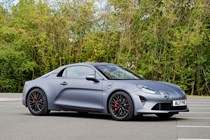
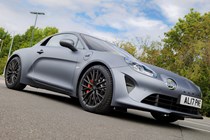
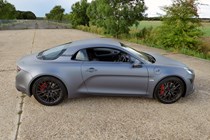
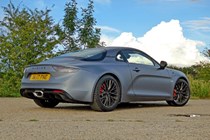
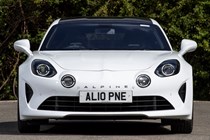
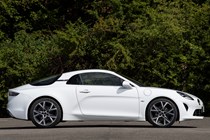
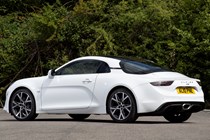
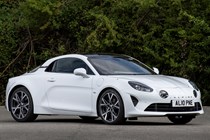
.jpg)
.jpg)
.jpg)
.jpg)
.jpg)
.jpg)
.jpg)
.jpg)
.jpg)
.jpg)
.jpg)
.jpg)
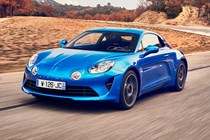

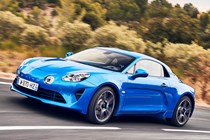

.jpg)
.jpg)
.jpg)
.jpg)
.jpg)
.jpg)
.jpg)
.jpg)
.jpg)
.jpg)
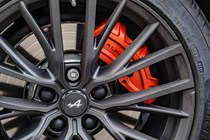
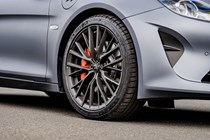
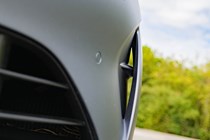
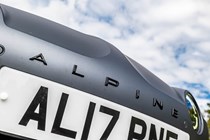
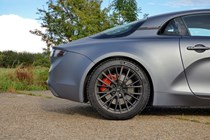
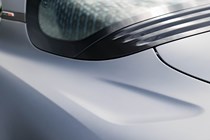
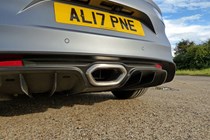
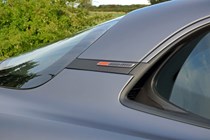
.jpg)


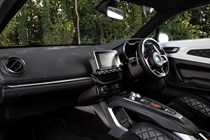
.jpg)
.jpg)
.jpg)
.jpg)
.jpg)
.jpg)
.jpg)
.jpg)
.jpg)
.jpg)
.jpg)
.jpg)
.jpg)
.jpg)
.jpg)
.jpg)
.jpg)
.jpg)
.jpg)
.jpg)
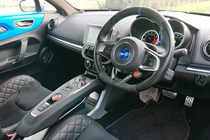
.jpg)
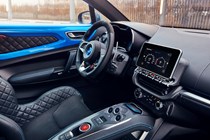
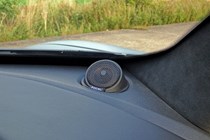

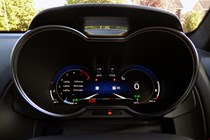
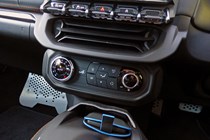
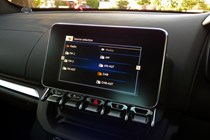
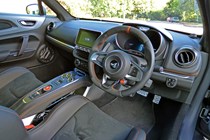
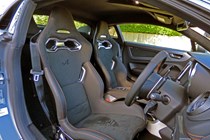
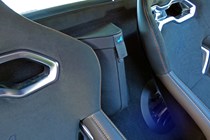
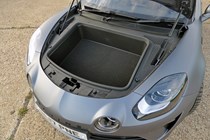
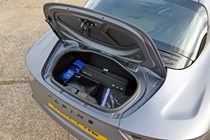
.jpg)









.jpg?quality=50)
.jpg?quality=50)
.jpg?quality=50)
.jpg?quality=50)
.jpg?quality=50)
.jpg?quality=50)
.jpg?quality=50)
.jpg?quality=50)
.jpg?quality=50)
.jpg?quality=50)
.jpg?quality=50)
.jpg?quality=50)




.jpg?quality=50)
.jpg?quality=50)
.jpg?quality=50)
.jpg?quality=50)
.jpg?quality=50)
.jpg?quality=50)
.jpg?quality=50)
.jpg?quality=50)
.jpg?quality=50)
.jpg?quality=50)








.jpg?quality=50)



.jpg?quality=50)
.jpg?quality=50)
.jpg?quality=50)
.jpg?quality=50)
.jpg?quality=50)
.jpg?quality=50)
.jpg?quality=50)
.jpg?quality=50)
.jpg?quality=50)
.jpg?quality=50)
.jpg?quality=50)
.jpg?quality=50)
.jpg?quality=50)
.jpg?quality=50)
.jpg?quality=50)
.jpg?quality=50)
.jpg?quality=50)
.jpg?quality=50)
.jpg?quality=50)
.jpg?quality=50)

.jpg?quality=50)











.jpg?quality=50)